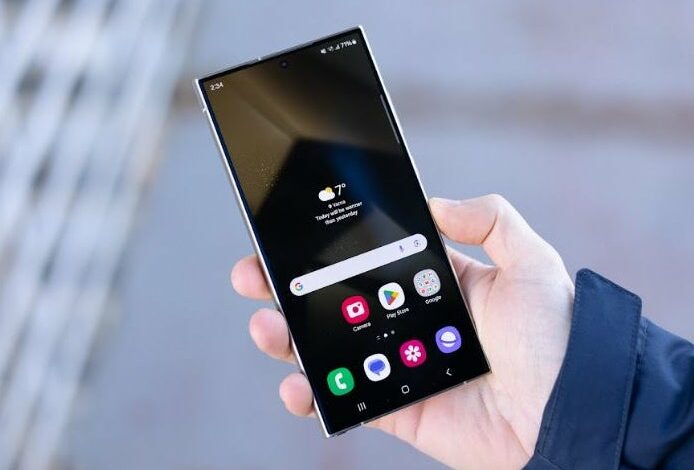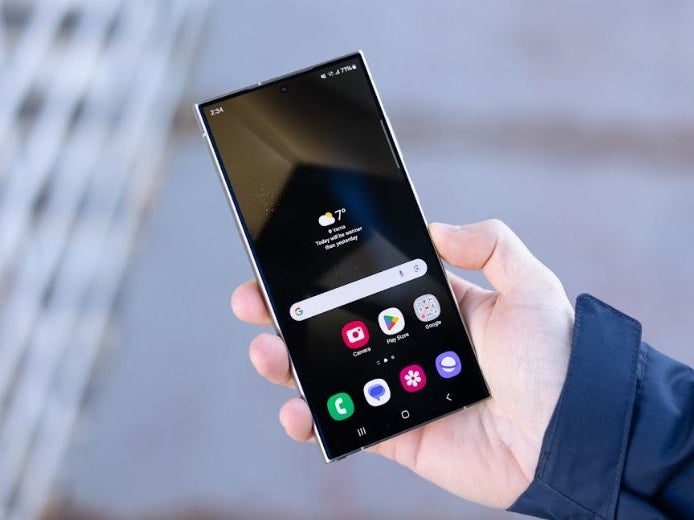Apple hogs TSMC’s 2 nm supply as Samsung starts work on 1.4 nm chipsets

It’s looking like all major phone manufacturers are planning their shift to 2 nm chipsets. Apple allegedly plans to power its iPhone 17 with these SOCs, though that might be limited to just the Pro models. Google might also use TSMC’s 2 nm chipsets in the Pixel 11 series in 2026 if Apple leaves any behind. Meanwhile Samsung plans to start using its own 2 nm chips next year.
But while Apple and Google look to adopt the next logical upgrade from today’s chips, Samsung is already planning for the future. According to reports from inside the industry, Samsung Foundry wants to be producing 1.4 nm chips by 2027. Which means your Galaxy S27 might be powered by the smallest chipsets ever produced.


Two steps ahead. | Image credit — PhoneArena
However, though Samsung plans to make 1.4 nm chips, we can’t yet be certain how good they’ll be. The company’s Exynos processors have often been regarded as worse than their Snapdragon equivalents. Samsung even switched its Ultra phones over to Snapdragon in every region with S23, a privilege previously exclusive to a few certain markets.
But be it 2 nm or 1.4 nm, I think we’ll begin hitting the point of diminishing returns in the near future. Even 3 nm chips are a marvel of engineering and they power some of today’s best phones.
I just hope it’s worth it whenever Samsung inevitably makes the jump back to Exynos.
Source link


